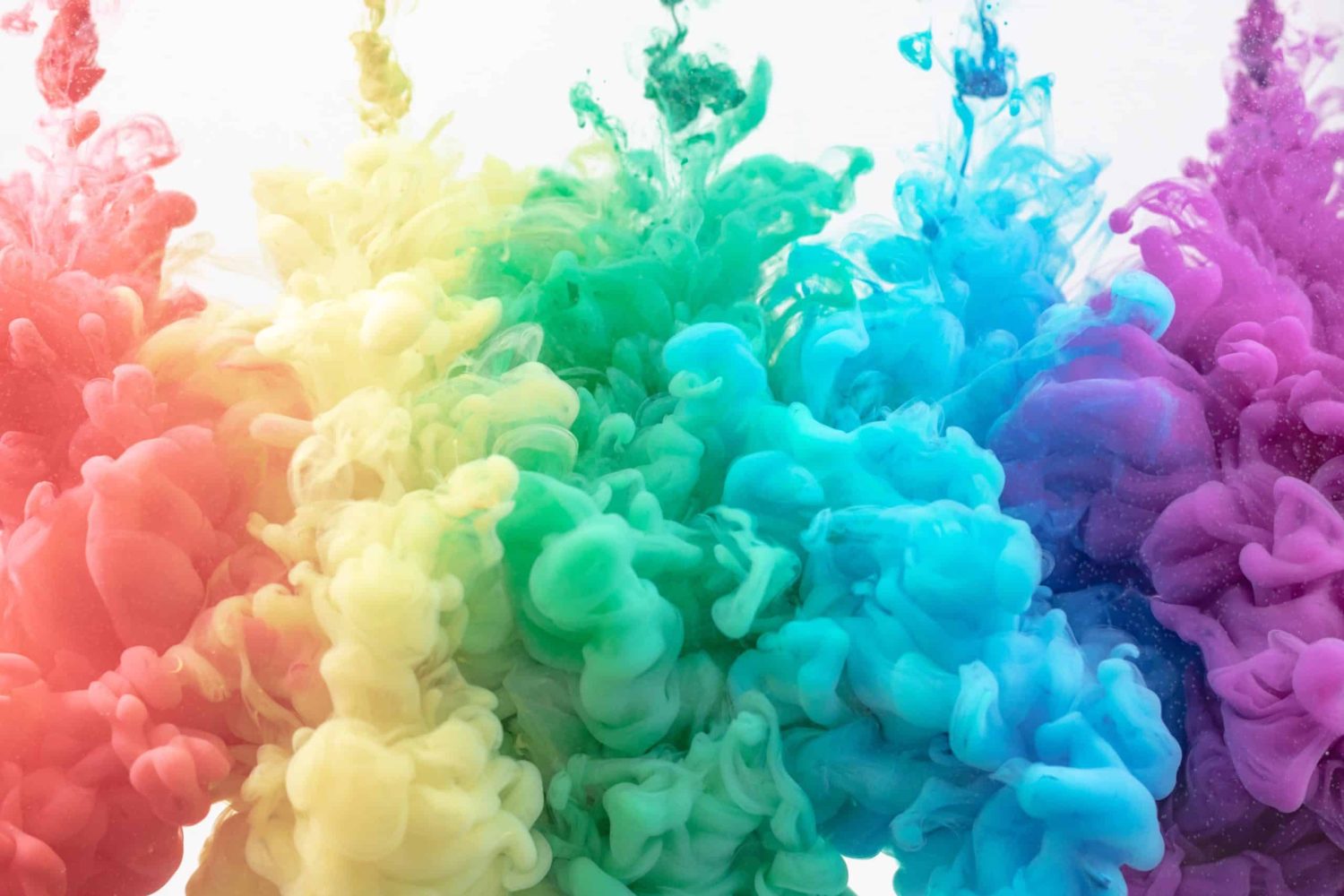Color is such a massive part of our lives. So much so that it often gets overlooked or forgotten just how complex colors really are. They can be vibrant, neutral, fluorescent colors, and everywhere in between. Have you ever stopped to think about how computers can generate colors or how they even know where to start? Better yet, how do we get the colors we need and want for any type of digital media? Understanding color theory can get you far, but today we’re going over computational color models.
What is the importance of color models?
Color models allow computers to depict the visible spectrum of color. These models are important in how devices and platforms can interpret color for a variety of instances. A computer screen and a printer both need unique codes or numbers in order to know how to display them.
What are the different color models?
Similarly to how our eyes process color by how light is bouncing off of an object, computers have their own way of processing and emulating color: with mathematical calculations. These calculations, called color models, are what give computers the ability to formulate and manipulate color to even the smallest changes. Let’s dive into the different color models and their applications.
RGB COLOR MODEL
The RGB (red, green, blue) model is by far the most popular model used in image processing and digital media alike. It consists of an additive color system. Consisting of 3 different input values and unique ratios from those 3 streams alone, it can create any other color. In this particular model, 0 represents black and 255 on any one of the streams indicates the most intensity of that color gamut. When all 3 input values are turned up to 255, the color output is white.
The RGB color model closely represents how pixels work on a screen. There are red, green, and blue primary colors that turn on and off at different levels to create unique colors in a certain picture. The additive color model works best in this instance.
CMYK COLOR MODEL
CMYK (cyan, magenta, yellow, and black (key) is the most common (and recommended) color model when printing designs into the physical world. You’ve probably heard designers talk about this when a print is requested. The reason that this model is preferred for printing is that it uses a subtractive color model of values that starts at black. The more ink is added to the paper, the less light is reflected back, resulting in darker colors. In this system, you work in negative numbers and 1 numeric value represents black.
PANTONE
PANTONE was founded in 1962 as a small business that sold color cards to cosmetic companies. Lawrence Herbert bought the company in 1963 and turned it into the first color-matching system.
The PANTONE color model is a proprietary color space used primarily in the printing industry. In essence, it’s a standardized system to make sure there’s no difference in color across digital and physical occurrences. This system uses more of a “color management” method with less computational complexity and no integer code values. At the time of writing, there is a total of 2,161 market-driven solid PANTONE colors. PANTONE solves the problem of a lack of consistency that occurs far too often with discrepancies between different machines and printing methods. By using a standardized system like this, the color is one singular entity that doesn’t change no matter where it’s used.
HEXADECIMAL
On the other side of the spectrum (see what I did there?) we find the hexadecimal system which is mostly used in web and strictly digital designs. A color identification consists of a pound (#) sign followed by 6 numbers indicating color intensities. The first 2 represent red, the second 2 green, and the last 2 are blue. In total, this model allows for over 16 million different colors to be created. No matter where you see a hexadecimal color, it will look the same on each device. A conversion method can turn CMYK and RGB into hex and vice versa.
Which color model is used in print?
While CMYK is the most typical model needed for print due to its subtractive nature, PANTONE has also been increasingly popular when printing. CMYK is standard but the ink isn’t always perfect. You may find that colors, when there are many layered on top of each other, can get muddied without prior planning. PANTONE mitigates this a little by utilizing its standard colors and leaving less room for error when the physical and digital colors are exactly the same.
What is the best color model for digital?
All of the color models listed above are just fine (and often used together using conversions) when it comes to digital designs. For ease of use and replication, hexadecimal is very popular among designers for its small and easy form factor while retaining its color profile on any device it’s viewed. Digital colors come more into play when editing photography and other highly complex color gamuts with many layers of hues and saturation.
How should I know what to ask for?
Here’s the best news: you don’t! Our designers are pros at knowing exactly where and how your designs will be presented and can often create multiple versions using the color models needed in each unique situation. While it’s interesting to understand how computers calculate color, we’re thankful our eyes do all of that for us.
Got a design in mind? Leave the color models to us and let’s get started on your next big thing. Go to logoworks.com/choose-your-project/ for the fastest and easiest way to get your designs complete.



